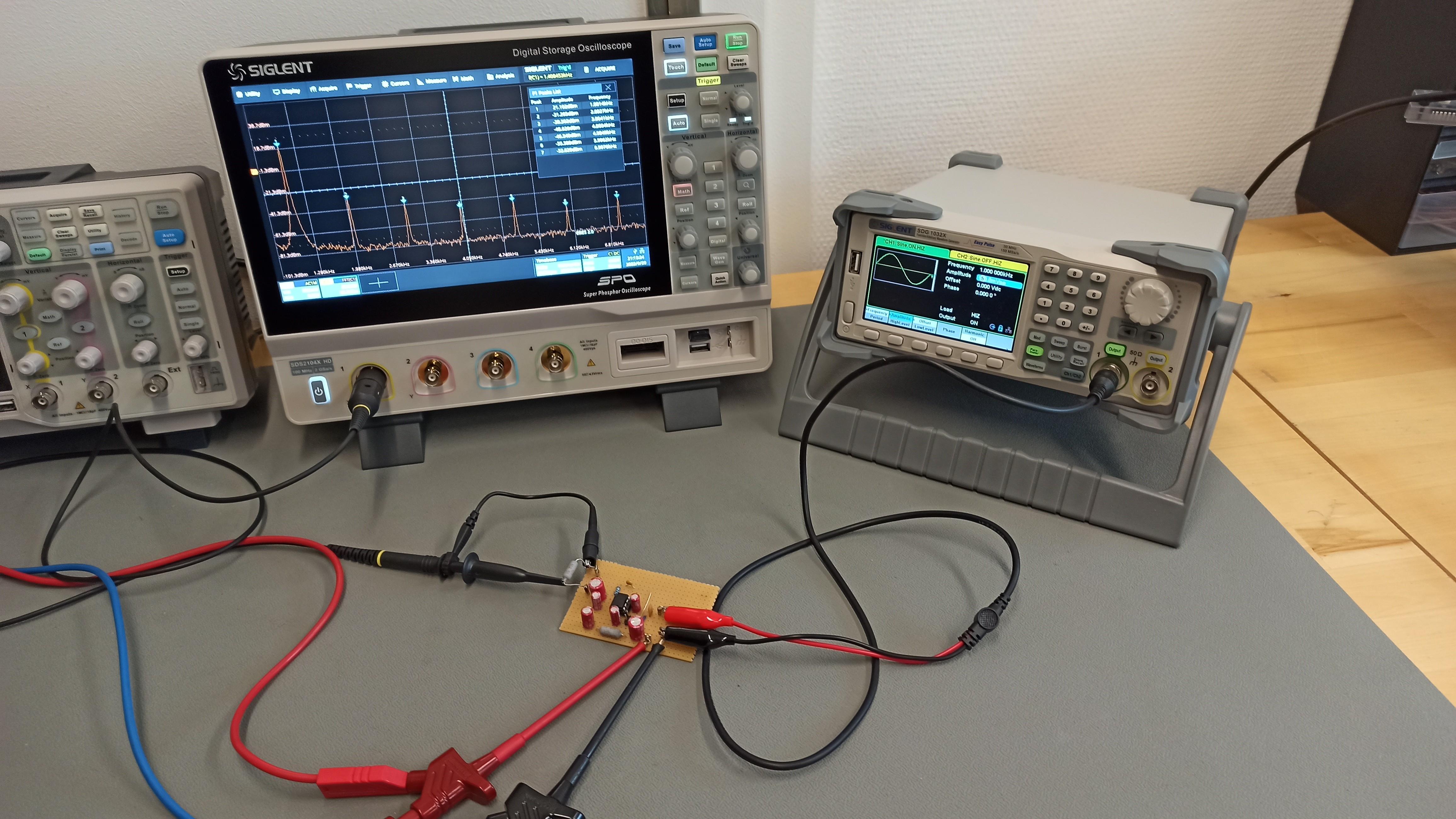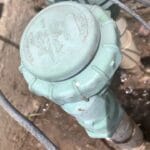To reduce total harmonic distortion from generators, use harmonic filters and maintain a balanced load. Regularly servicing the generator also minimizes distortion levels.
Total harmonic distortion (THD) in generators is a critical issue that can affect the quality of power output, potentially damaging sensitive electronic devices and reducing the efficiency of electrical systems. Understanding how to minimize THD is essential for ensuring the longevity and reliability of both the generator and the devices it powers.
This guide focuses on practical steps to achieve lower THD levels, including the implementation of harmonic filters, which work by isolating and reducing unwanted harmonic frequencies, and the importance of maintaining a balanced load across the generator’s phases. Regular maintenance plays a crucial role in keeping THD levels in check, ensuring that the generator operates within its optimal parameters. By following these strategies, users can significantly improve the performance of their generators, safeguarding their investments and enhancing the overall quality of their electrical systems.
Introduction To Harmonic Distortion
Harmonic distortion is a common issue with generators.
It refers to a distortion in the electrical waveform.
This usually occurs due to non-linear loads.
The outcome is a wave shape that differs from the ideal sine wave.
Sources Of Harmonic Distortion
Various devices can introduce harmonics into power systems.
Common sources include:
- Variable speed drives
- Switch-mode power supplies
- Compact fluorescent lights
- UPS systems
Effects On Electrical Systems
Harmonic distortion impacts electrical systems.
Some effects are:
- Overheating of equipment
- Reduced performance
- Increased operational costs
- Possible damage to sensitive electronics

Credit: www.testandmeasurementtips.com
Assessing Harmonic Distortion Levels
Assessing Harmonic Distortion Levels is crucial for maintaining generator health. High levels can harm equipment and reduce efficiency. Understanding and managing these levels ensure your generator runs smoothly. Learn how to measure and interpret harmonic distortion with precision.
Measuring Techniques
Accurate measurement is the first step to reduction. Follow these techniques:
- Use a harmonic analyzer. This device captures and analyzes electrical signals.
- Employ a power quality meter. It provides detailed harmonic content.
- Consider a digital multimeter with harmonic functions. It’s for basic checks.
Always refer to IEEE standards for proper measuring procedures. This ensures your readings are consistent and reliable.
Interpreting Results
Understanding your measurements is key. Here’s how to interpret the results:
- Compare readings to threshold levels. Check if they are within acceptable ranges.
- Identify patterns. Look for consistent spikes at certain times or loads.
- Analyze frequency. Higher-order harmonics can be more damaging than lower ones.
Consult the generator’s manual for specific limits and guidance. Expert analysis may be required for complex cases.
Generator Design Considerations
Generators are essential in providing power. Design features greatly affect performance. It’s crucial to understand how design can minimize harmonic distortion. This section delves into key considerations for choosing and sizing generators.
Selecting Low-distortion Models
Quality models produce less distortion. Look for generators with ‘low THD’ ratings. These are designed to limit harmonic disruption. They ensure cleaner, more stable power.
- Check the specifications sheet.
- Choose models with THD less than 5%.
- Opt for inverter generators for even lower THD.
Impact Of Generator Size
Size matters for harmonic distortion. A well-sized generator operates efficiently. Too large or small can cause problems. Here’s how to get it right:
| Generator Size | Impact on THD |
|---|---|
| Too Small | High THD, Overload Risk |
| Correct Size | Low THD, Optimal Performance |
| Too Large | Waste of Resources |
Match the generator to the load requirements. Use a load calculator for accurate sizing.

Credit: www.elektormagazine.com
Proper Generator Installation
Reducing Total Harmonic Distortion (THD) starts with Proper Generator Installation. Correct setup helps keep generators running smoothly. This ensures your power stays clean and reliable. Let’s dive into the essentials of installation.
Grounding And Wiring
Proper grounding and wiring are key to safe generator operation. They prevent electrical hazards. They also reduce THD. Follow these steps:
- Use thick, insulated wires for connections. This reduces resistance.
- Connect the generator’s frame to a grounding rod. Use a copper conductor.
- Ensure all wiring complies with local electrical codes. This keeps everyone safe.
Physical Placement
The physical placement of your generator affects its performance. Consider these factors:
- Place the generator on a flat, stable surface. This prevents vibrations.
- Keep it away from windows and doors. This avoids noise and fume issues.
- Ensure adequate ventilation. Generators need fresh air to operate efficiently.
By focusing on these aspects, you can significantly reduce THD from your generator. Safe and thoughtful installation is the first step towards reliable power supply.
Use Of Harmonic Filters
Harmonic filters play a big role in reducing harmonic distortion. These filters limit unwanted frequencies produced by generators. This results in smoother operation and less equipment wear.
Types Of Filters
There are mainly two types of harmonic filters:
- Passive Filters: These attach directly to specific devices. They reduce harmonics in those devices.
- Active Filters: These are more advanced. They can adjust to changes in electrical systems. They clean the whole system’s power.
Installation And Maintenance
Correct installation and maintenance of harmonic filters are crucial. Here’s a simple guide:
- Choose the right filter: Match the filter with your generator’s needs.
- Professional installation: Have an expert install the filter. This ensures it works well.
- Regular checks: Keep the filters in check. Make sure they’re always doing their job.
Maintenance includes cleaning and updating filters. This keeps the power clean. It also makes your generator last longer.
Credit: support.generac.com
Load Management Strategies
Managing the load on generators is key to reducing total harmonic distortion (THD). Proper load management ensures your generator runs efficiently. Let’s explore some effective strategies.
Balancing Loads
Balance power across all phases. This minimizes THD and prolongs generator life. Ensure equal distribution of heavy loads for optimal performance.
- Phase monitoring: Regularly check phase balance.
- Redistribution: Move loads to achieve balance.
- Consistency: Maintain balance as loads change.
Avoiding Non-linear Loads
Non-linear loads cause high THD levels. Avoid or minimize these to protect your generator. Use these tips:
- Identify: Pinpoint non-linear loads in your system.
- Limit: Keep non-linear devices to a minimum.
- Isolate: Use filters or separate circuits for these loads.
Regular Maintenance Routines
Keeping generators running smoothly involves regular upkeep. Proper maintenance routines reduce total harmonic distortion. This ensures efficiency and longevity. Let’s dive into the specifics of maintaining your generator.
Scheduled Inspections
Regular check-ups are crucial for generator health. Experts recommend a detailed inspection every six months. This includes assessing fuel systems, batteries, and electrical connections. Always replace worn parts promptly.
- Check oil and coolant levels
- Inspect belts and hoses for wear
- Test battery condition and connections
- Verify control panel readings and indicators
- Examine exhaust system for leaks
Preventive Measures
Preventive steps keep generators ready to perform. This includes cleaning and replacing filters regularly. It also means testing the load bank. This helps maintain power quality.
- Clean or replace air filters
- Change oil and oil filters
- Service fuel filters
- Run load bank tests annually
- Update firmware and software
By following these guidelines, you can ensure your generator runs with minimal harmonic distortion. Remember, maintenance is key to a reliable power source.
Advanced Techniques And Equipment
Generators are crucial for power. Yet, they can cause distortion. Distortion disrupts devices. We need to reduce it. Advanced techniques and equipment do just that. Let’s explore how.
Isolation Transformers
Isolation transformers protect against distortion. They separate devices from the power source. This prevents distortion from spreading. They are effective and reliable.
- Better device protection
- Reduced noise
- Improved power quality
Pulse Width Modulation
Pulse Width Modulation (PWM) is a smart technique. It controls the power flow. It adjusts the voltage and frequency. This results in less distortion.
| Benefit | Description |
|---|---|
| Energy Efficiency | Uses less power |
| Control | Adjusts power output |
| Quality | Delivers clean energy |
Monitoring And Responding To Changes
Generators create power but can also produce unwanted noise called Total Harmonic Distortion (THD). High levels of THD can damage devices. Monitoring and responding to changes in THD levels keeps generators working well. This ensures safety and extends equipment life.
Real-time Monitoring Systems
Real-time systems track THD levels continuously. They alert users to high distortion. This quick feedback allows for fast responses. Such systems may include meters and software tools. They display THD data clearly.
- THD meters: Show current distortion levels.
- Software: Analyzes and records THD over time.
- Alerts: Notify when THD exceeds safe limits.
Adaptive Control Mechanisms
Adaptive control helps adjust generator settings. It reduces THD automatically. These systems respond to THD spikes without human input. They adjust voltage and frequency.
| Control Mechanism | Function |
|---|---|
| Voltage regulators | Stabilize output voltage. |
| Frequency tuners | Keep frequency steady. |
Using these tools, generators stay reliable. They also protect connected devices. For best results, combine real-time monitoring with adaptive controls.
Frequently Asked Questions
What Is Total Harmonic Distortion (thd)?
Total Harmonic Distortion, or THD, measures the distortion of a signal compared to its original waveform, commonly found in electrical generators.
Why Is Reducing Thd Important?
Lowering THD in generators ensures cleaner power, which is vital for sensitive electronics and reduces the risk of equipment malfunctions.
How Do You Measure Thd In Generators?
THD is measured using a harmonic analyzer that assesses the voltage or current output against the fundamental frequency of the generator.
What Causes High Thd In Generators?
High THD in generators can be caused by several factors, including poor design, overloaded circuits, and the use of non-linear loads.
Can Filters Reduce Thd In Generators?
Yes, installing harmonic filters can effectively reduce THD in generators by blocking unwanted frequencies from the power supply.
Conclusion
Ensuring your generator operates with minimal total harmonic distortion is crucial for longevity and efficiency. By implementing the strategies discussed, such as regular maintenance, investing in quality units, and considering add-on solutions, you’re set to achieve optimal performance. Remember, the right steps not only protect your equipment but also ensure a stable power supply.





